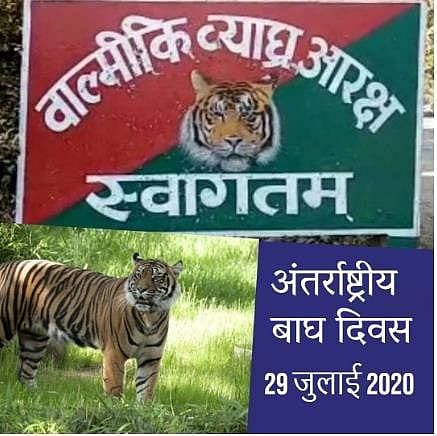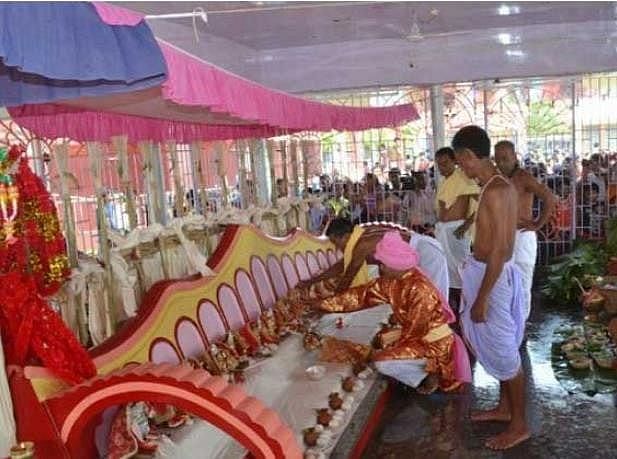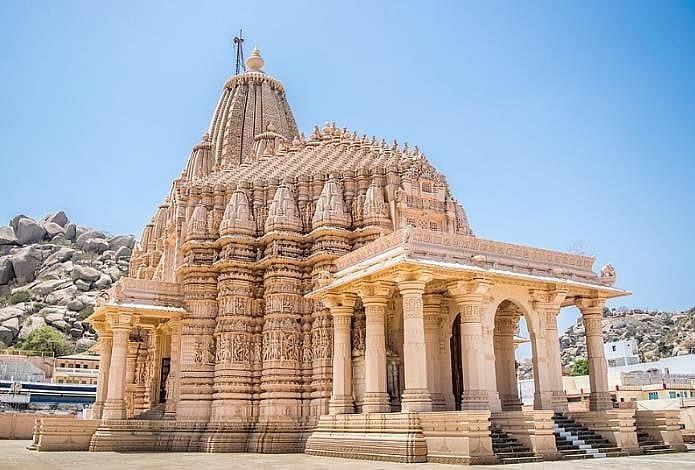BPSC Practice Test- 5 - BPSC (Bihar) MCQ
30 Questions MCQ Test - BPSC Practice Test- 5
In which District of Bihar State Valmiki National Park is located?
Which of the following is the most important festival of Bihar?
Indian Railway has decided to launch a new “theme based trains” . What is the name of these trains?
Which research centre has recently developed special female mosquitoes to control dengue and chikungunya?
In which of the following states has the one week long traditional Kharchi festival started?
Which of the following institutes will set up a network of air quality sensors to measure pollution in rural India?
According to a recently released United Nations report, by which year India will overtake China as the most populous country?
Which company has become the first company in the country to get the Bureau of Indian Standards (BIS) certification for its Lithium-Ion cells in July 2022?
Recently the Union Cabinet has approved the Taranga Hill-Ambaji-Abu road rail line, this project will connect which two states?
Which organisation has recently released the 'Youth in India 2022' report?
The idea of non-cooperation movement during freedom struggle did not envisage
When was the Interim Government formed under the leadership of Jawaharlal Nehru?
In which period was the principle of zero and the decimal system known in ancient India?
Who looked after the finance and general administration during the reign of Shivaji?
The earliest evidence of grain production has been found from which of the following sites?
Who among the following was the President of the Fourth Buddhist Council?
Which of the following Gupta rulers defeated the Shakas of Western India?
Which of the following is the oldest inscription relating to Bhagavata religion?
To which of the following dynasties did Ghazi Malik belong?
Which of the following instruments is used to detect the flow of electricity in a circuit?























